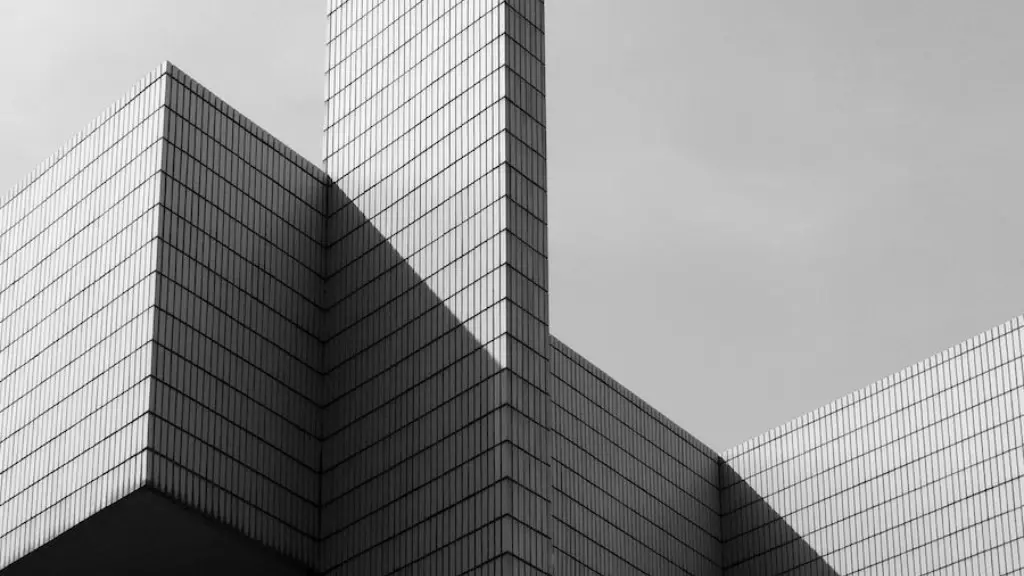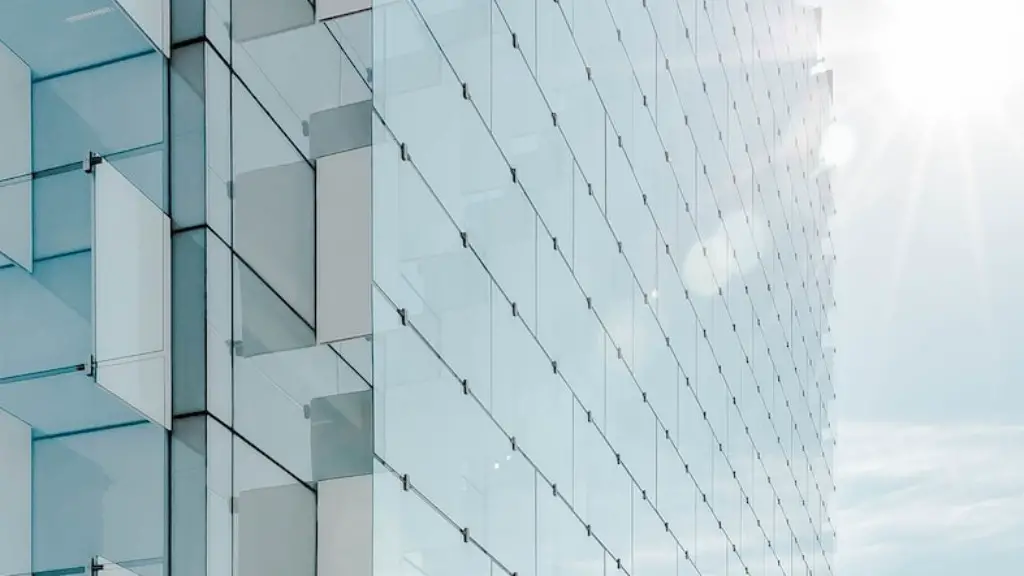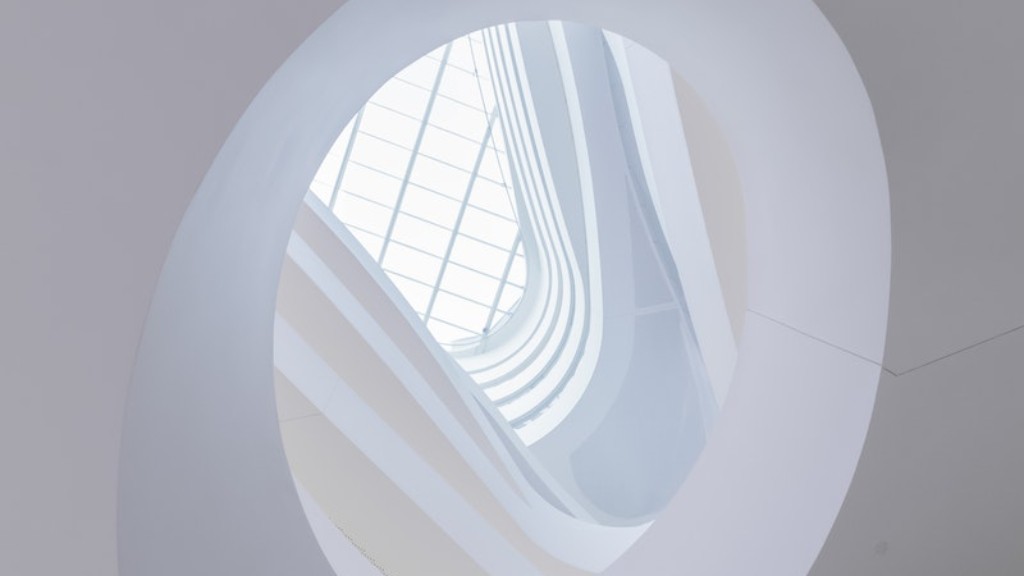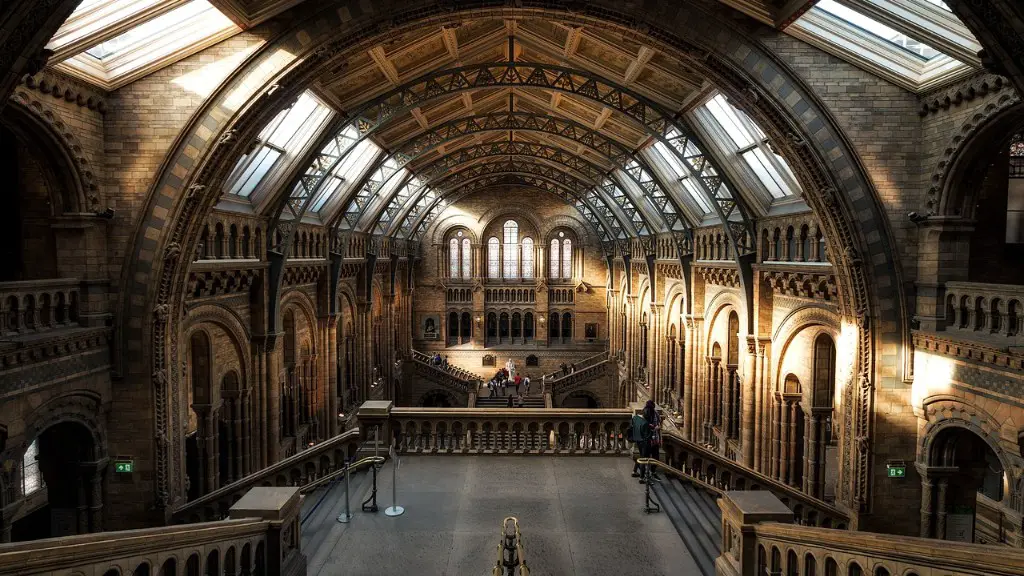Mathematics and music have been two of the most important aspects of art and creativity for centuries. Despite its age, modern architecture is no exception. But can architecture actually make us more creative?
Architecture is defined as the deliberate design, assembly and positioning of physical structures. The effects of architecture can play on both the physical and psychological levels. It is well known that physical structures can affect how we feel. Think about how the lighting, the size of the room and the amount of space available can create different moods. Seasoned architects know how to take into account these aspects when creating ways to exploit the power of creativity.
Many experts believe that architecture can help to encourage creativity. Research has shown that certain types of design can boost creativity levels. For example, color and shape have been known to have an effect on the way people think and act. Other aspects, such as auditory and visual design can also be used to create stimuli which can fuel creativity.
Elements in architecture help to shape our imagination and enable us to experience something which may be out of our reach. This can create a sense of wonder, which encourages us to use our minds more freely, which can lead to creative solutions and ideas. Architectural spaces can also provide us with inspiration, through the use of interesting shapes and angles.
The fact that architecture can be used to create the perfect environment for personal discoveries and epiphanies is one of its strongest benefits to creativity. For example, certain room designs and lighting can be used to stimulate mental aspects such as problem-solving, visualization, collaboration and more. When used in combination, these elements can provide a space where creative solutions can be targeted and discovered.
However, it is important to remember that creativity is not something which can be forced, but rather something which needs to be nurtured. In this sense, architecture plays a vital role in helping to create an environment where creativity can be allowed to flourish. It can provide a structure which facilitates the free flow of ideas, an unbiased platform for collaboration and an inspiring backdrop for personal growth.
Emotions and Subconscious
The emotions and subconscious of the individual can be tapped into in architecture. Certain elements such as paintings, shapes and colors can be used to create a mood which encourages creative thought. This can provide an outlet for deeper thoughts and new ideas, as well as helping to focus the individual on their own creative path.
Psychologists point to the idea that the feelings which are elicited and cultivated through architecture can help open the door to creative thought. It has been proven that individual environments and different atmospheres can shape the creative experience, therefore it is paramount to ensure that the right elements are used to induce and enact creativity in the individual.
Overall, the impact that architecture has on creativity is profound, as it can be used to give structure, aesthetics and purpose to the individual experience. Ultimately, it is up to the individual to free the mind and utilize the creativity that is around him or her, but with the right architecture, it is possible to create an environment to increase the chances for creative success.
Group Collaboration
Group collaboration can be greatly influenced by the architecture of a space. When designing for group collaboration, flexibility, mobility and comfort should be considered. Natural daylight, open and inviting spaces, and areas that encourage conversation are essential in providing an atmosphere conducive to collaboration.
An interesting factor in designing spaces for collaboration is to create a sense of community and belonging. An environment that is safe and comfortable to experiment and try new ideas can be created through lighting, colors, sound and even temperature control.
Technology can also be an important factor in aiding collaboration. Different types of technology can be integrated into both the physical space and the digital space. When executed correctly, technology can lower communication costs, reduce time lags, and allow teams to work more closely together.
The use of technology to bridge the gap between physical and digital spaces is essential in creating an environment that promotes collaboration. It is important to use digital tools that are not too complex or distracting and to ensure that the tools are accessible to everyone in the group.
In summary, the architecture of a space has the power to encourage collaboration. Designers should remember to consider the design elements that promote collaboration, and to incorporate technology that is accessible to everyone.
Physical Activity
Physical activity plays an important role in our physical, mental and emotional well-being, and architecture can be used to promote it. When designing spaces for physical activity, it is important to consider the space’s size, layout, access and opportunities for social interaction.
Activity spaces should be designed to be inviting and engaging, considering all aspects such as light, colors and textures. Activities should also be customized to suit the needs and abilities of individuals, as well as facilitating communal activities. Different types of activities should also be balanced out to create an environment that encourages physical activity but also encourages creative thinking.
Another factor to consider is safety. Spaces used for activities should be safe and secure, considering the physical and mental safety of participants. Finally, activity spaces should be designed to look natural and inviting, providing a sense of belonging for participants.
In summary, the architecture of physical activity spaces can be used to encourage creativity. Designers should be mindful of the needs of individuals, while also providing a safe and inviting atmosphere. Additionally, activities should be balanced to ensure that participants can engage in physicality while also being able to think creatively.
Accessibility
The accessibility of a space can also have an effect on creativity. A space should be designed in such a way that it is accessible to all individuals, regardless of their physical, mental or social abilities. The use of ramps, lifts and elevators can make a space more accessible, allowing individuals with disability or mobility issues to access the space.
A useful element of design for accessibility is to make the space easy to understand and use. The layout and structure should be easy to read and make sense to each person. Navigation elements, such as arrows and signs, should be clearly visible. Additionally, accessibility varies depending on the person, so it is important to make the space as flexible and accommodating as possible to individual needs.
Another important factor in designing for accessibility is to consider the use of technology. Technology such as virtual reality and audio guides can be used to make the space more accessible to individuals with disabilities or other impairments. By using technology to assist people in their experience, the individual feels welcomed and included.
In conclusion, the space should be accessible to all individuals. Designers should consider layout, structure, and the use of technology to ensure that the space is easy to understand and use, while also being accommodating to the varying needs of individuals.





